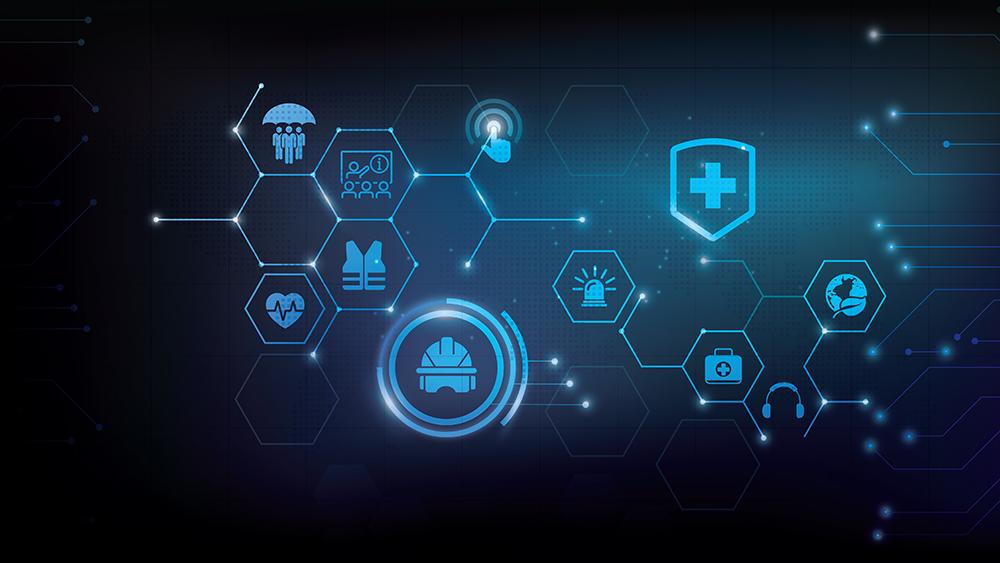NHS Digital has now officially merged with NHS England; HB takes a look at what the NHS’s IT hub does
The legal merger of NHS Digital and NHS England is intended to be one step in the process of creating a new single organisation to lead the NHS. The merger means that the NHS’s data and technology expertise are brought into one organisation, which is anticipated to create a closer link between the collection and analysis of data and therefore drive improvement for patient outcomes.
The transfer means NHS England will become the custodian of national health and social care datasets and the single executive non-departmental public body with responsibility for digital technology, data and health service delivery in the NHS.
Amanda Pritchard, chief executive of NHS England said: “Digital, data and technology already underpin so much of our personal and professional lives. Harnessing the enormous potential they hold will be key to supporting our continued management of and recovery from the pandemic, delivering on our Long Term Plan, and making services better and more sustainable – crucially in ways that support staff to do their best work, and deliver more convenient services for patients.
“Our colleagues from NHS Digital bring a wealth of experience, knowledge and expertise, and a track record of delivering major data and digital projects and services, which will continue to be invaluable in our aim to help the NHS transform and improve the health and care of the people it serves.”
Health Education England, the body responsible for the education and training of the health workforce, will also be incorporated into NHS England in April. According to NHS England: “The integration of NHS Digital, Health Education England and NHS England will put workforce, data, digital and technology at the heart of plans to transform the NHS, enabling better, more joined-up decision-making at system, regional and national levels, and a more effective and efficient use of collective resources.”
The merger is intended to create a single, streamlined organisation, building on the strengths and expertise of its legacy organisations and at the same time avoiding duplicate activities. It is anticipated that the new organisation will be 30 to 40 per cent smaller that the current combined size of NHS England, NHS Digital and Health Education England by the end of 2023/34. Almost all systems, processes and job roles are due to remain the same until at least April 2023.
The new organisation is planned to support and accelerate a move to greater partnership working through integrated care systems, by speaking with a single national voice and modelling effective joint working. It is hoped the merger will help NHS England work more efficiently.
Simon Bolton, interim CEO at NHS Digital, said: “Our merger with NHS England creates the opportunity to put digital at the heart of the NHS and build on what we’ve already achieved at NHS Digital.
“Technology and data are helping to improve people’s lives every day, whether ordering a repeat prescription through the NHS App, getting the latest health advice from the NHS website, or arranging a Covid vaccine using our national online booking service.
“We’re proud to be making a real difference to both colleagues in the NHS and the people that it serves.
“The merger will help us continue that journey as one central organisation, using digital to transform the NHS and provide the best care possible for patients.”
History and role
NHS Digital was created as a special health authority by a merger of the National Programme for IT, part of the Department of Health, the NHS Information Authority, and the Prescribing Support Unit in 2005. Then known as the Health and Social Care Information Centre (HSCIC), the organisation changed from a special health authority to an executive non-departmental public body in 2013, following the Health and Social Care Act 2012. HSCIC took over parts of the NHS National Programme for IT from the agency NHS Connecting for Health (CfH) which ceased to exist at this time. In 2016, HSCIC was rebranded to NHS Digital.
NHS Digital designs, develops and runs national IT and data services that support clinicians at work, provide care to patients and use data to improve treatment.
Achievements
NHS Digital builds and runs the NHS App, NHS login and the NHS website. NHS 111 and most 999 centres use NHS Digital algorithms.
According to NHS Digital, their national digital systems and platforms operate with 99.98 per cent reliability.
NHS Login is used by patients and the public to access digital health and social care services with a single login. There are 44 million confirmed NHS login accounts. There are also 26.9 million verified users of the NHS App.
NHS Digital is also responsible for cyber and data security, protecting the NHS and care organisations from cyber attacks and constantly monitoring for new threats. NHS Digital teams provide cyber advice, assessments, training and resources. NHS Digital sees 3 billion firewall transactions a day.
NHS Digital created the Electronic Prescription Service, which allows prescribers to send prescriptions electronically to a dispenser, which makes the process more efficient and convenient for patients and staff. It means patients can collect repeat prescriptions from a pharmacy without visiting their GP and it also means a reduction in the use of paper. 97.6 per cent of GP practices and pharmacies now use the Electronic Prescription service.
NHS Spine facilitates messaging across key services and platforms and is run by NHS Digital. 1.6 billion transactions are carried out per month on NHS Spine allowing the secure sharing of information.
NHS Digital was also involved in the creation of the NHS Covid-19 App and the online National Booking Service to book Covid vaccinations.
The organisation is using the latest technology to help address the current NHS pressures, through expansion of virtual wards and 24/7 system control centres.
NHS DigiTrials supports clinical trials that are developing new treatments to improve health and care, by providing safe and authorised access to data.
Data protections
According to NHS England, all existing protections for data will be transferred. However, concerns have been raised.
Draft guidelines have been published setting out the new NHS England data-protection obligations, which are intended to ensure at least the same degree of protection, safeguards and transparency over data use as NHS Digital provided.
However, in an interview with Health Service Journal, National Data Guardian Nicola Byrne voiced concerns about the implications for data following the merger of NHS England and NHS Digital and remarked that there is “an inherent tension in having one organisation be both data custodian and the organisation seeking to access the data”.
In May last year, former NHS Digital chair Kingsley Manning wrote to The BMJ calling its merger with NHS England a “significant retrograde step in defending the rights of citizens with respect to the collection and use of their health data” and warning that it had “the potential for undermining the relationship between clinicians and their patients”.
Talking about the merger, health and social care secretary, Steve Barclay, said: “New technology and better data about how our health and care system is working at the frontline is key to improving care for patients.
“Bringing the latest digital tech into the heart of the NHS will help join up services and streamline decision making, boosting our recovery from the Covid pandemic and reducing waiting times.”
NHS Digital has previously done and continues to do a lot for the health service, to keep it running efficiently, modernising services and making improvements for health and social care. It is hoped that the merger will continue to bring these benefits and more.





